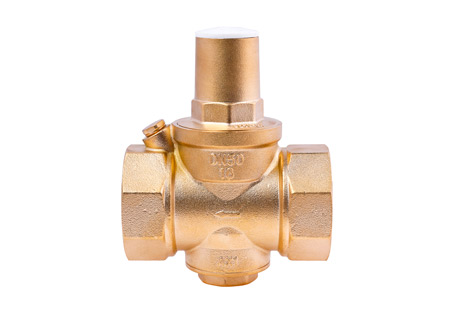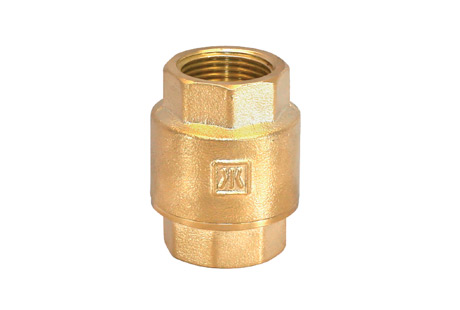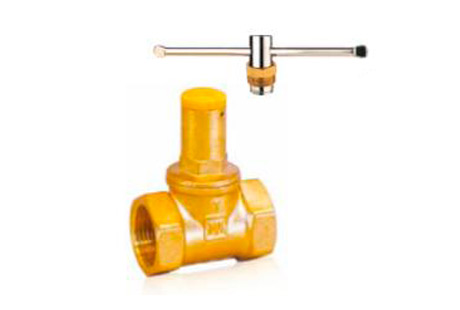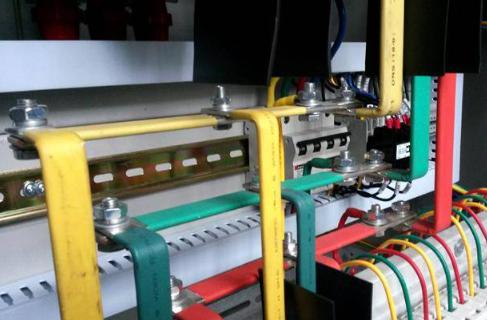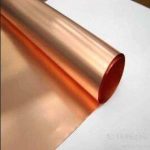There are many types of copper wires on the market, commonly divided into bare copper wire, tin-plated copper wire, and copper-clad aluminum wire. Bare copper wire is just ordinary copper wire, also known as environmentally friendly copper wire. Many people are not very clear about these three types of copper wire, so let's understand them below.
Bare Copper Wire
Bare copper wire is a copper wire made by drawing pure copper rods, which appears yellow in color. The material is single, with both the inside and outside made of copper metal, and the color varies in depth due to the purity of copper. In terms of physical properties, bare copper wire is soft and has excellent conductivity. Jintian Copper has earned a reputation as a proficient and trustworthy bare copper wire manufacturer in the market, demonstrating a dedication to delivering top-notch quality.

Tin-plated Copper Wire
Tin-plated copper wire is a thin layer of tin plated on the surface of the copper wire after the pure copper rod is drawn into wire. Because tin is a silver metal, tin-plated copper wire generally appears silver. Tin plating copper wire is mainly to prevent copper from being exposed to air and oxidizing to form copper patina. Copper patina has poor conductivity and increases resistance. Compared to bare copper wire, tin-plated copper wire is softer in material, has good conductivity, stronger corrosion resistance, and oxidation resistance, which can greatly extend the life of low-voltage cables. In addition, tin-plated copper wire can also prevent the insulation rubber from sticking, the core turning black and brittle, and improve its solderability.

Copper-clad Aluminum Wire
Copper-clad aluminum wire is usually manufactured using enveloping welding technology, where the copper strip is concentrically wrapped around the outer surface of the aluminum rod core wire, forming a strong atomic metallurgical bond between the copper layer and the core wire. This makes the two different metal materials combine into an indivisible whole, allowing them to be drawn and annealed like processing a single metal wire. During the drawing process, the copper and aluminum change diameters proportionally, while the volume ratio of the copper layer remains relatively constant. Copper-clad aluminum wire is lightweight, compared to the previous two, its conductivity is much worse, it is not flexible enough, prone to breakage, and has lower corrosion resistance and oxidation resistance.

So, How Do We Distinguish These Three Types of Wires?
Appearance
Tin-plated copper wire is silver, while bare copper wire and copper-clad aluminum wire are purple. Just cut a section vertically and look at the cross-section, if it's purple, it's copper wire; if it's white, it's copper-clad aluminum wire.
Tool Scratching
After scratching, tin-plated copper wire shows purple, while bare copper wire remains purple, and copper-clad aluminum wire shows white snowflake points. Rubbing the copper wire on a cement floor will also produce the same effect.
Burn Test
Bring the copper wire close to the flame, if it forms a spherical object after burning, it's copper; if the metal wire burns white, becomes fragile to the touch, it's copper-clad aluminum wire.
Jintian Copper has been focusing on copper processing for more than thirty years, producing red copper wire, tin-plated copper wire, brass wire, phosphor bronze wire, and chromium zirconium copper wire. Feel free to contact us for inquiries, contact number: 0574-83005999.

 English
English 日本語
日本語 한국어
한국어 français
français Deutsch
Deutsch Español
Español italiano
italiano العربية
العربية tiếng việt
tiếng việt Türkçe
Türkçe ไทย
ไทย 中文
中文



